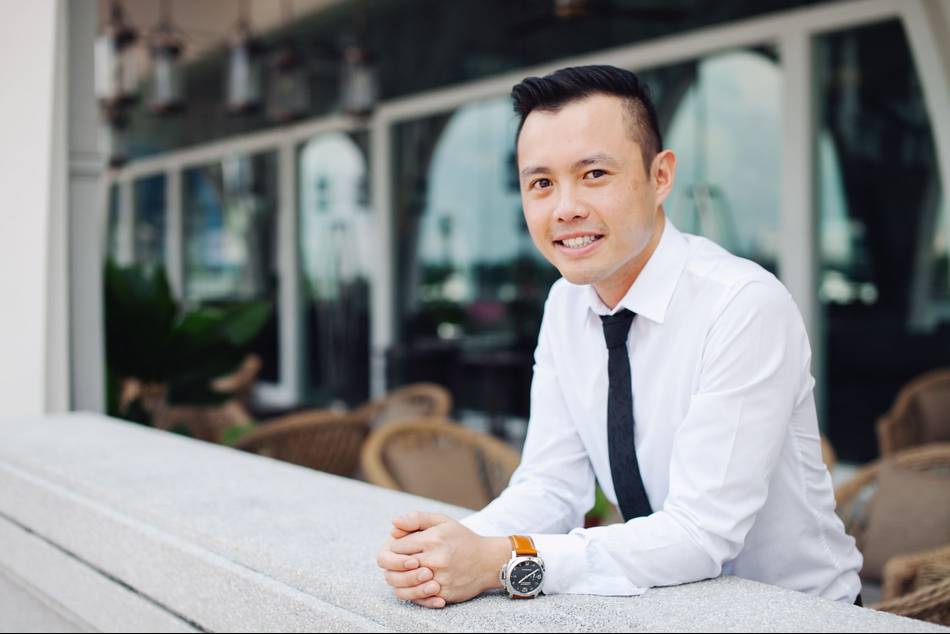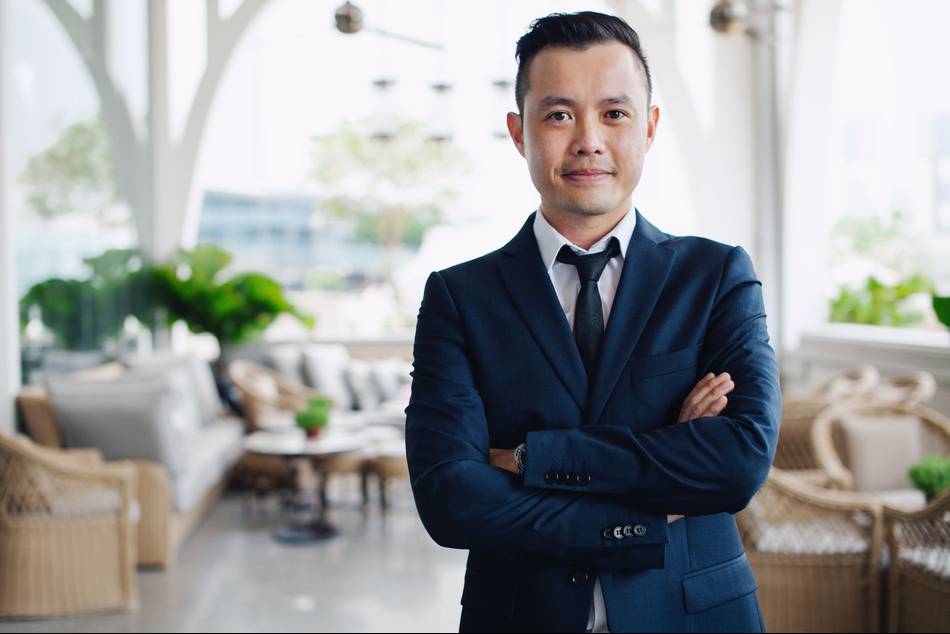Text by Kien M. Lee | Photos by Amanda Wong
With professional training from United States of America and Australia, combined with a lifetime of practicing natural and preventive medicine, Dr. Kevin Lau advocates comprehensive natural solutions for treating scoliosis, promoting the merits of non-surgical treatment as the first resort.
He has been honored with the "Best Healthcare Provider Award" from the Straits Times.
His book Your Plan for Natural Scoliosis Prevention and Treatment is a best-seller on Amazon.com, and the series is rounded off with Your Natural Scoliosis Treatment Journal and Your Scoliosis Treatment Cookbook. For parents-to-be, there is also An Essential Guide for Scoliosis and a Healthy Pregnancy, a path-breaking and pioneering compilation of practical knowledge on how to handle conception and pregnancy in scoliosis.
Finally there is also The Complete Scoliosis Surgery Handbook for Patients, a wealth of information and a handy resource for those wanting to understand more about invasive procedures.
Under Dr. Lau's approach of Health in Your Hands, patients are encouraged, guided and advised to treat and prevent scoliosis through diet, exercise to improving daily living habits. Integrating technology into his healthcare practice, he also offers a comprehensive The Scoliosis Exercises for Prevention and Correction DVD as well as ScolioTrack, a top-ranking app on iTunes and Google Play (under Android for Medical Apps) as well as Scoliometer, an app to keep track of spinal deformity and progress monitoring.
We speak to Dr. Lau as he launches his newest book, Your Scoliosis Treatment Cookbook, and find out about his unique methods and how his patients and readers come from far and wide through his innovative use of new media channels.

Describe scoliosis in layman’s terms for us, if you will…
In basic terms, scoliosis is the curvature of the spine, however it’s more than just a "sideways bend" of the spine.
There’s many ways people develop this condition such as congenital scoliosis - which people are born with, and there's idiopathic scoliosis - which people develop in their adolescence.
Does this second group of individuals develop scoliosis as a result of their lifestyles? Through exercise, sports, improper posture, etc?
By and large, the condition still has an unknown cause, and therein the "idiopathic" (i.e., unknown pathogenesis or apparently spontaneous origin). But there are clues to suggest that genes are involved as well as hormonal and growth factors.
And it kicks in during adolescence?
Yes, during the growth spurts. So one of the ideas I brought through in my very first book, was that nutrition plays an important part of this condition. It goes into the field of epigenetics, which is understanding that while people are genetically predisposed to certain conditions, it doesn't mean that it is a life sentence for them.
So the way they eat, and their lifestyles, can turn genes "on" and "off".
The conventional way of treating scoliosis these days is via bracing or surgery, which is just pushing the deformity.
Whereas I cover all the bases with my holistic approach, taking into consideration genes, hormones, diet, etc. I hope people who are going through those growth spurts, during those formative years, are supported with options and information.
But you do still prescribe bracing and surgery?
I still believe that there is a need for bracing, and a space for surgery.
By and large, this wait-and-see approach which is what a lot of people tend to adopt, is not a good solution. They can do something proactive about it.
And chiropractic treatment as well?
There's a very big misconception when it comes to scoliosis treatment that standard chiropractic adjustments can help... they don't help to improve scoliosis and even might make it worst due to joint instability. Scoliosis is such a complex condition to treat, that (chiropractic) manipulation wasn't getting the results I was expecting.
About 10% of the therapy I do for my scoliosis patients is chiropractic (related) the rest come from methods I studied from around the world which showed to positively impact scoliosis.

Tell us about how you got started on the books.
The initial purpose of my books was to teach and educate my own patients with scoliosis. There is a lot of information and misinformation on the Internet, but a lot of the times the information tends to be from many different sources and it's very hard to find reliable sources which people can trust. So the initial concept was to empower my scoliosis patients in understanding their own condition.
Oftentimes when people go to see a doctor, the doctors don't have enough time to explain what procedures and options there are available.
I wanted to give people both the information and tools so they can take care of themselves.
So it cuts both ways on the Internet...
There's definitely information overload on the Internet for most people. They get conflicted. They get confused. A lot of my patients before seeing me come very educated, but unfortunately most come with misinformation which come from secondary sources, from sites which aren't "research-based" or validated. While the Internet is fantastic and a great tool to have, it tends to confuse a lot of people these days.
Which of your books is the most popular so far?
My first book, Your Plan for Natural Scoliosis Prevention and Treatment was a bestseller in its category on Amazon even to this day. It targets an audience base that was looking for something to do apart from bracing, or surgery, or waiting-and-seeing. The readers and patients wanted to explore what they could do themselves about their condition and ultimately help them feel more empowered.
And you have addressed the changing consumption of information with your books, available in digital formats, as well as releasing apps? Tell us more about these digital tools.
With these apps, patients can monitor their own conditions in between their scheduled yearly doctor's visits. There's ScolioTrack which help a person track their curvature visually and measurement. While Scoliometer App helps to measure scoliosis using the Adams test.
Both are available on iPhone and Android devices.
And you’re reaching even more people with your books, besides running a successful practice here in Singapore.
I do get a lot of emails from readers from around the world, who travel to Singapore for treatment with me personally. Others want me to fly over to see them because they can’t afford to come to Singapore which unfortunately I can't. Although I make sure I answer all emails and questions from my readers around the world.
The most random place where you’ve received emails from?
A small city in South Africa which I didn't even know my book was available in.
And your books are published in different languages?
9 languages: English, French, Simplified Chinese, Italian, German, Spanish, Indonesian, Japanese and Korean.

What takes us most of your time on a daily professional basis, besides writing the books?
I'm taking care of my clients in Singapore for the majority of the time. I do get a lot of overseas clients coming in.
It's still early in the process but I've been working with an American educator/professor to formulate an accredited course so that I can teach others how to do the methods I'm doing.
At least with this, people around the world can go to someone they can trust locally and I can trust.
So were you always interested in cooking and hence the latest book?
I've always been fascinated about nutrition and how the body works. It’s about going back to basics, not just taking supplements to get healthy.
And I've always been passionate about food.
I took inspiration from chefs and nutritionists and customised the recipes based on Paleo Typing. I believe everyone has a particular genetic predisposition on what sorts of food they need to eat; some are more protein-based and high fat, whereas others are carbo-based and closer to vegetarians, and there are those in between.
It's understanding which foods help to switch the good genes “on” while turning the bad ones "off" which can predispose a person to conditions like scoliosis.













